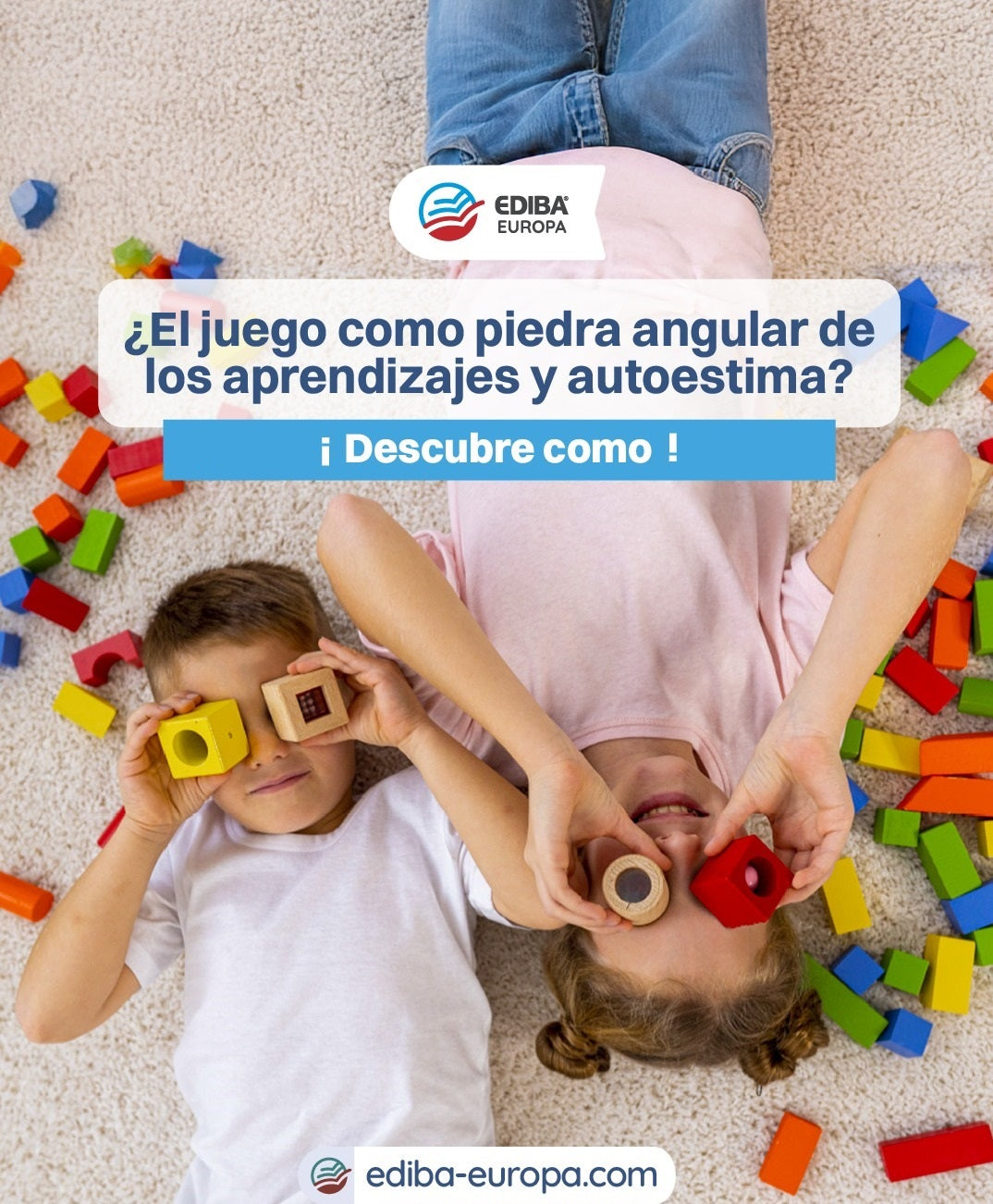
Games, games, games …
Compartir
What can we do on those days when the calendar, the weather, our exhaustion and our students’ permanent energy set our nerves on end? Why don’t we take advantage of that energy playing games which will keep students entertained and busily learning or revising contents? One of the objectives in this issue is to provide you with a set of language games addressed to different ages and teaching levels with which you may make your classes a great success! We are sure that the ideas we are presenting below will trigger others which will meet your students’ likes and needs. Have fun!
Young learners
Play is a perfect preparation for adult life. Toys and games have always played a very important part in children’s physical and intellectual development. Many toys are simply models of the real thing, and children naturally use them to learn about the real world. For example, playing with articulated animal figures helps children to learn what real animals look like and how they move. Children feel confident when they talk about toys and games which are familiar to them. They provide opportunities for problem-solving and develop creativity.
Games for preschool children can make a tremendous contribution to their development. Playing with other children, learning to give and receive instructions, sharing materials and taking turns will help them to develop social skills.
Messages in Bottles
Children love messages. Let them prepare drawings or short messages for their classmates. Ask them to put their messages in plastic bottles and drop the bottles in a big washbowl in the playground. Before going home, each child will pick up a bottle to take along as a present from their friends.
Animal shadows
Point torchlight behind you as you stand in front of a wall. Mime different animal shapes and movements with your arms and hands. Ask the students to guess the animal you are miming. In case they cannot guess, help them with the sound that animal makes. Encourage children to do the same with other animals
Sausages
Children stand around. When you call out a part of the body, they have to touch it, e.g. if you say "knees" they have to touch their knees. But if you say "sausages", they have to run and stand in a line, one behind the other with their hands on the shoulders of the child in front, like a string of sausages.
Funny balloons
Ask children to draw a face on a balloon (showing a feeling, a monster, an animal, etc.). They can give it a name and play with it.
Like a parachute!
Children like this activity because they love movement. Have them stand in a circle and hold the edge of a sheet. Play with actions, instructions and with any language item you want to revise. Examples:
-Give every child the name of an animal. Every time you call out a name, the corresponding child runs under the parachute and then back to their place.
-Put a balloon on the sheet and ask the kids to move the sheet trying to keep the balloon up
Jigsaw pictures
This is a quiet game for which you need a set of photographs, each cut into three pieces and jumbled up. It would be ideal to have photographs of the children cut in such a way that the different features can be easily identified. Scatter the pieces and let the children fit them together taking the opportunity to practise structures, e.g. Whose (eyes) are these? They are Brenda’s
Presents for baby bear
Choose three children to represent Mummy Bear, Daddy bear and Baby Bear. Draw a wide path on the playground floor with chalk. Put a bucket at the start of the path. Father Bear has a bag with three parcels. The parcels are presents which Father Bear puts along the path for Baby Bear to find. Baby Bear is blindfolded and has to follow Mother Bear’s instructions. When Baby Bear finds the parcels, she gives them to Mother Bear. When the three presents have been found, choose three other children to be the bears.
You can identify each bear with these simple bear bandanas. Just cut a strip of cardboard, paste the bear ears, the hair or hat and staple both ends.
Spider’s web
This is a simple floor game for children to count and recognize numbers up to six
. Materials: 12 large webs drawn on a 30 cm x 30 cm card, 15 large spiders drawn on a 10 cm X 10 cm card. n the back side of each of the webs, write numbers 1 to 6 or draw the same number of spiders.
How to play: the 12 webs are placed in a large circle on the floor, each web being one step away from the next. The 15 spiders are placed inside the circle. Each player chooses a number between 1 and 6 (or throws a die), then walks the same number of steps around the circle of webs. The web on which the child lands is turned over. If the number of spiders is, let’s say, two, the student has to collect two spiders and put them on the web. The same process is repeated by all the children, taking turns until all the spiders in the center have a home.
This game can be linked to the rhyme "Little Miss Muffett" or "Insey Winsey Spider".
The following activity can be carried out as a preparation for the game. Take the children outside to look closely at a spider’s web. A magnifying glass may help to see the web’s pattern or to count the number of legs a spider has. This close observation will also encourage children to draw and paint. The resulting pictures can be used for the floor game. Stick the children’s webs and spiders onto cardboard and laminate them. The game can be stored for future use. The children will have a sense of achievement to have their own game produced from their firsthand experience of a spider and its web!
Paper roll puppets
Children love playing with animals and learning about them. Paper rolls are great to make puppets, mobiles and much more.
Here are some ideas:
Provide children with a paper roll, glue, scissors and colour paper. Choose an animal they want to make. Help them to make the first one, cutting the different parts such as nose, mouth, eyes, ears, hair, feathers, etc. After finishing the first piece, let them build their own shapes by themselves.
For example, if they want to make a duck, cut a circle of yellow paper and glue it on the paper roll. Then, paste the beak, and draw two little eyes and two dots on the beak for the nose. Next, cut stripes of paper and glue them all over the paper roll, as if they were feathers.
When the piece of work is ready, you can use the paper rolls as puppets. Glue them on a piece of cardboard, make a little hole in it to put a string through and hang it on the wall. If the children make more than one animal, they can make a mobile by fastening the animals with a piece of string and hanging them from sticks in a cross shape.
Write the names of the animals they make. In this way, some children will begin to identify words and their meanings.
When making craft work, always ask the children about their school things. Use ‘Have you got ...?’ to ask for glue, scissors, pencils, etc. Encourage them to answer ‘Yes, I have’ or ‘No, I haven’t’ and repeat the name of school things you have asked for
Ver artículo complete en The Teacher’s Magazine 151
